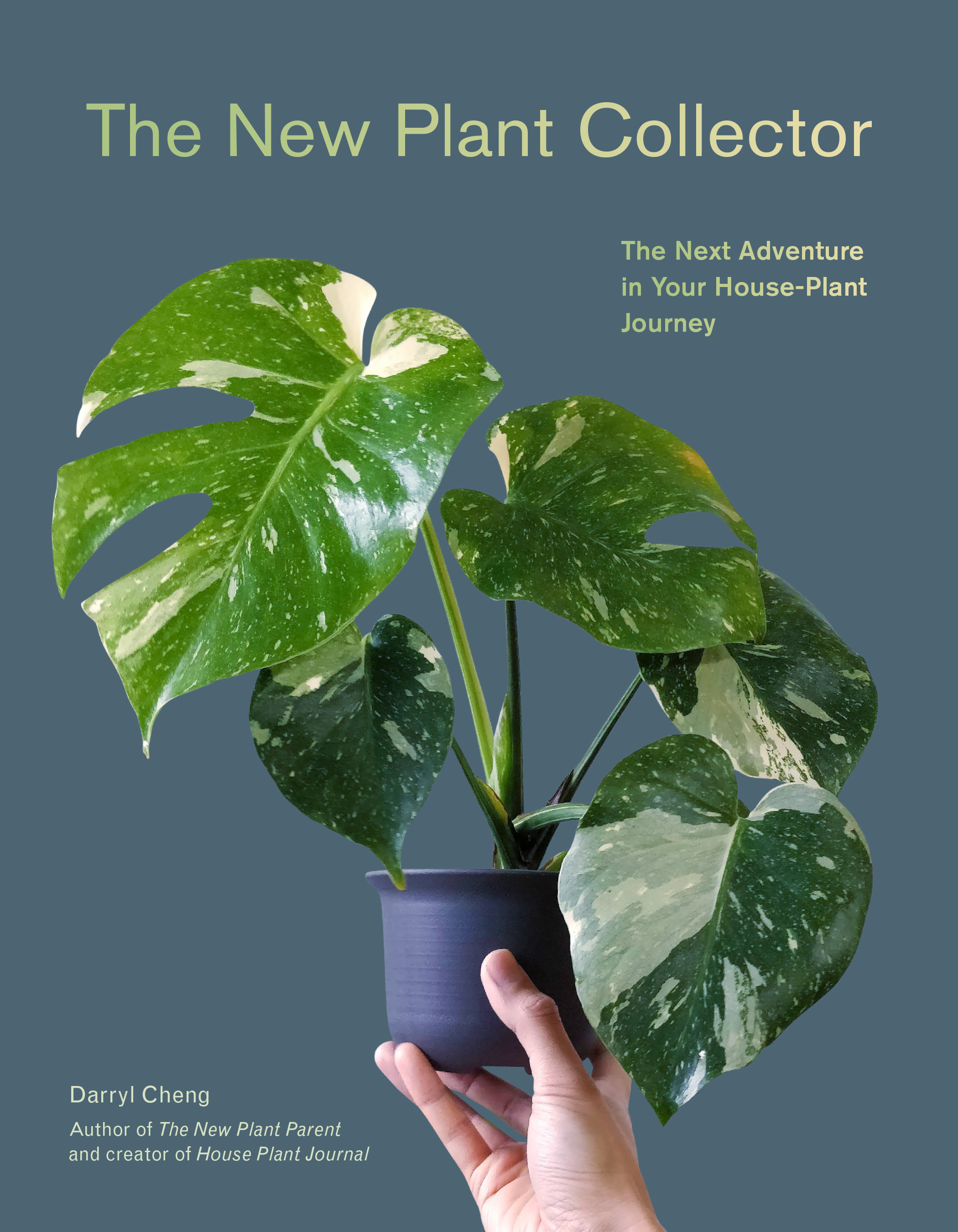Let me start with this: fungus gnats are MINIMALLY damaging to houseplants when you compare them to other pests like mealy bugs, thrips, scale, aphids, and spider mites. If you see one or two every now and then, I really wouldn’t be too concerned – still try to control them, but don’t worry too much about your plant.
Disclaimer: As an Amazon Associate, qualifying purchases helps to support House Plant Journal content.
Control:
Adults: adult fungus gnats are the little black flies that fly erratically and annoyingly close to your face, especially if you’re using your phone at night. Adults lay eggs in the top inch of houseplant soil so the best way to control them is with yellow sticky traps or a dish with soapy water – they fly in and drown.

Get yellow sticky traps here: https://amzn.to/3efnBs1
Larvae: when you disturb the soil by watering or probing, look for tiny silvery insects crawling rapidly around soil particles – these are the fungus gnat larvae! You can repot the plant, replacing as much of the old soil as possible or water with mosquito bits:

Get mosquito bits here: https://amzn.to/2V2Rdky
Prevent:
The reason they are called “Fungus gnats” is because the larvae feed on FUNGUS in the soil. Fungus grows best in soil rich in compost, which is decaying organic matter. While compost is great for outdoor soils, it is a fungus gnat MAGNET when used for indoor plants.
A very effective way to eliminate the breeding grounds of fungus gnats is to avoid using compost in your planting medium – this is called a “soilless mix.”
Such a mix would be composed of a mixture of any of the following in different ratios: peat moss, coconut coir, perlite, vermiculite, or coarse sand.
Decaying organic matter provides the NPK and other nutrients needed by plants so with a soilless mix, you need to supplement it with fertilizers (synthetic or organically derived).
If you’d rather watch this in video form, here you go:
In small numbers, fungus gnats are more of a nuisance than a true pest – I’ve never seen a plant DIE from a few fungus gnats. If you have hundreds or thousands, that might be a different story – and possibly grounds for discarding the entire plant to truly prevent spreading.
Get clarity in houseplant care – get my book, The New Plant Parent:

Learn what actually matters in houseplant care: ‘Essentials of Houseplant Enjoyment’

